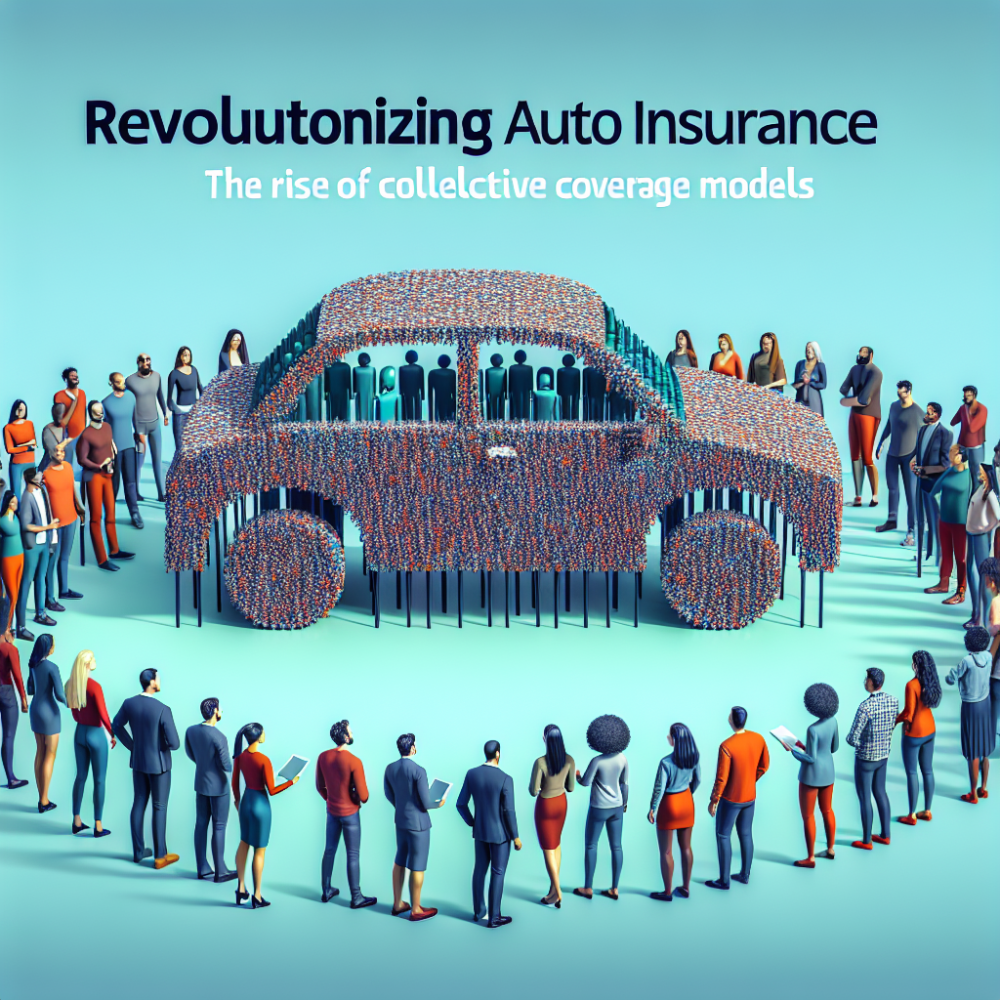Revolutionizing Auto Insurance: The Rise of Collective Coverage Models

Posted on: Saturday, March 2nd, 2024
Peer-to-peer (P2P) car insurance, under the umbrella of group policies, is transforming the landscape of auto insurance by fostering a sense of community and mutual responsibility among policyholders. This innovative model leverages the power of social networks and collective risk pooling to potentially lower costs for members. In contrast to traditional insurance schemes, P2P insurance encourages responsible behavior and rewards groups with fewer claims through refunds or lower premiums. This guide aims to explore the top 10 critical aspects you need to know about this emerging trend, offering insights into how it works, its benefits, and considerations for potential participants.
Top 10 Insights Into Peer-to-Peer Car Insurance Group Policies
1. Concept and Mechanism: The fundamental premise relies on pooling premiums from a group of known or connected individuals to cover claims. Surplus funds are often returned to members or used to lower future premiums, aligning interests toward minimizing claims.
2. Cost Efficiency: By eliminating or significantly reducing the middleman's cut, P2P insurance can offer more competitive rates. The shared risk model and operational efficiencies contribute to potential savings for members.
3. Community Impact: One of the model's strengths is fostering a community spirit. Members often take fewer risks, knowing that their actions directly affect the group's cost, promoting a culture of mindfulness and responsibility.
4. Transparency: P2P platforms typically boast higher levels of transparency compared to traditional insurers. Members have insights into how premiums are spent, claims are processed, and how surplus funds are allocated.
5. Claim Processing: With a focus on efficiency and member satisfaction, P2P insurance groups often feature streamlined, user-friendly claims processes. This can lead to faster claim resolutions and higher member satisfaction levels.
6. Technology Integration: Advanced technologies, including blockchain and AI, are increasingly employed to automate and secure transactions, manage risks, and personalize experiences, enhancing the overall efficiency and security of P2P insurance.
7. Customization: Many P2P insurance models offer a degree of customization unheard of in traditional policies, allowing members to tailor coverage to their specific needs and risk profiles.
8. Rewards for Low Claims: The model incentivizes fewer claims through financial rewards, such as premium refunds or contributions to charitable causes chosen by the group, encouraging safer driving behaviors.
9. Regulatory Landscape: As P2P insurance challenges traditional business models, it navigates a complex and evolving regulatory environment. Prospective members should stay informed about legal and regulatory considerations in their jurisdiction.
10. Market Growth and Adoption: Despite being a relatively new concept, P2P car insurance is experiencing significant growth, with increasing adoption across different regions. This trend is propelled by changing consumer preferences, especially among younger drivers prioritizing flexibility, fairness, and community values.
The evolution of P2P car insurance represents a notable shift towards more personalized, efficient, and community-oriented insurance policies. While this model offers numerous advantages, such as cost savings and enhanced member experiences, it also requires a willingness to engage actively with one's insurance community and to embrace new technologies. As the insurance landscape continues to evolve, P2P group policies stand out as a promising alternative for discerning consumers looking for more than just financial coverage—they're looking for a community.